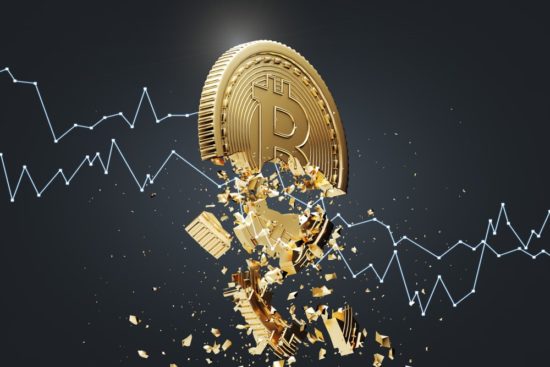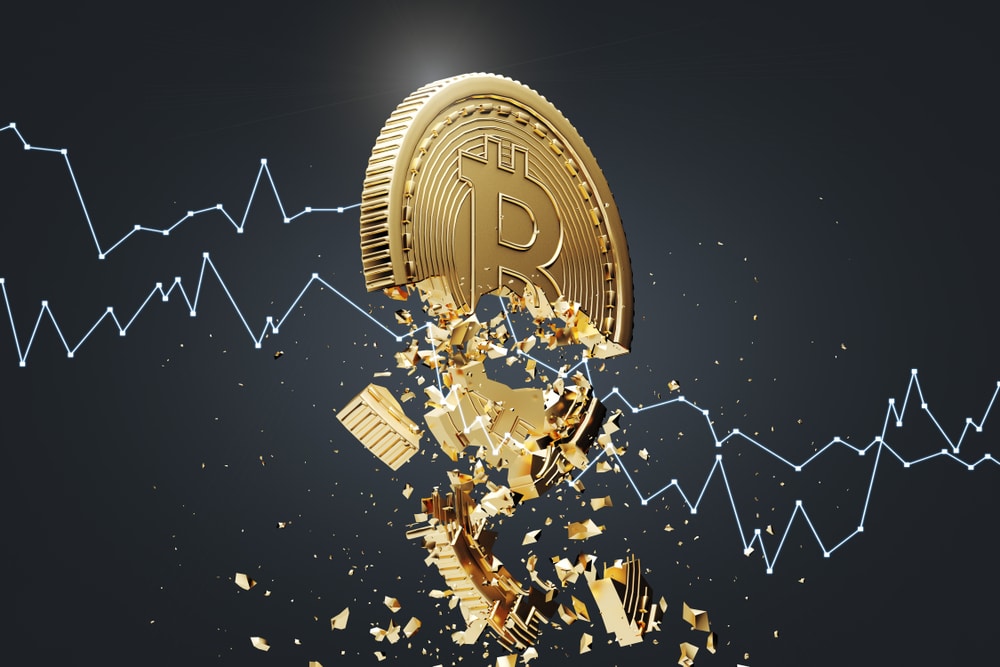
We’re About to See the Biggest Gold ‘Melt Up’ Since the 1980s
(Kitco News) - Commodities are known to top following major geopolitical events but don't discount gold seeing 10% moves in any direction as the market is at the highest probability of a melt-up since the 1980s, according to Jared Dillian, author of 'No Worries' and editor of The Daily Dirtnap.
Gold surged 18% between March 1 and April 12, rising around $400 and hitting new all-time highs on escalating Middle East tensions, record purchases by central banks, concerns over sticky inflation, soaring U.S. government debt, and continued fiat debasement.
Following the rally, major banks have upwardly revised their gold price outlooks. Citigroup is now calling for a $3,000 gold price over six to 18 months, while Goldman expects gold to hit $2,700 by the year end, and UBS has upgraded its year-end target to $2,500 an ounce.
At the time of writing, spot gold had fallen from record highs and was trading steady at $2,330 an ounce.
Banks raising gold price targets is somewhat concerning in terms of sentiment, said Dillian, who is projecting trend exhaustion in the short term.
"Gold is going to top, which will happen at some point in the $2,500," Dillian told Michelle Makori, Lead Anchor and Editor-in-Chief at Kitco News. "I focus on sentiment, and it has been getting a little bit hotter. Gold people, including myself, have been a little bit more bullish on Twitter. I think you'll see an exhaustion of bullish sentiment in the short term and then a price pullback."
Dillian, who has a 40% exposure to gold, is continuing to hold his position but is planning to hedge. "I expect about a 10% correction," he said.
To get insights on gold's new support levels, watch the video above.
Parabolic move in gold?
Dillian compares gold's potential future price moves to cocoa, noting that a similar parabolic move in the precious metal is possible because gold is looking at the highest probability of melt-up since the 1980s.
Cocoa surged from $2,000 at the end of 2022 to more than $10,000 this year. "What if gold does what cocoa did? For cocoa, it was also a technical breakout. Fundamental things were also going on, but it broke out of a 47-year base. The longer the consolidation, the more impulsive the move is, and the longer it will last," he said. "Gold broke out of a 13-year consolidation, and it's been going up [only] for a month."
Cocoa prices have surged this year partly due to supply deficits – poor harvests in West Africa, which produces the bulk of global supply. The El Niño weather phenomenon also led to drier weather in Ghana and Ivory Coast, the world's two biggest producers of cocoa beans.
Dillian maintains that the fundamentals for gold are just as powerful as for cocoa. However, in the case of gold, he is paying close attention to the alarmingly high U.S. debt levels.
"The U.S. government is spending $1.1 trillion a year on interest payments. If you go back to 2019, it was $300 billion a year. We're going to get to the point where interest payments will be taking up a significant portion of the budget," he said.
The consequence of this would lead to the Federal Reserve adopting yield curve control and directly monetizing the debt.
Dillian explained: "We are dependent on low interest rates to finance the government. And if interest rates rise much further than they already are, then we would be functionally insolvent as a country. And that is when the federal government would apply political pressure on the Fed to peg the yield curve across the curve. This has been done before – in the 1930s and the 1940s when we pegged 30-year bonds at 2%."
Dillian added that the Fed will continue to print an unlimited amount of money to buy an unlimited amount of bonds at a particular point in the yield curve.
"That is how gold gets that parabolic move. I don't think this is going to happen imminently. It's not going to happen in 2024, but I think it is going to happen in the next presidential cycle – sometime between 2024 and 2028," he noted.
On the Fed's next steps as rate cuts get delayed and rumors of a potential rate hike increase, watch the video above.
'Gold to outperform Bitcoin' in a year of geopolitical turmoil
Dillian sees gold outperforming Bitcoin in a year of geopolitical uncertainty because he doesn't view Bitcoin as an actual store of value.
"If we are in a period of geopolitical turmoil, then gold should vastly outperform Bitcoin. If we look at Bitcoin, it has not functioned as a safe haven in response to the recent Iran-Israel news," he said. "I don't consider Bitcoin to be a store of value."
This article originally appeared on Kitco News
sign up for the newsletter
By signing up, you agree to our Privacy Policy and Terms of Use, and agree to receive content that may sometimes include advertisements. You may opt out at any time.












